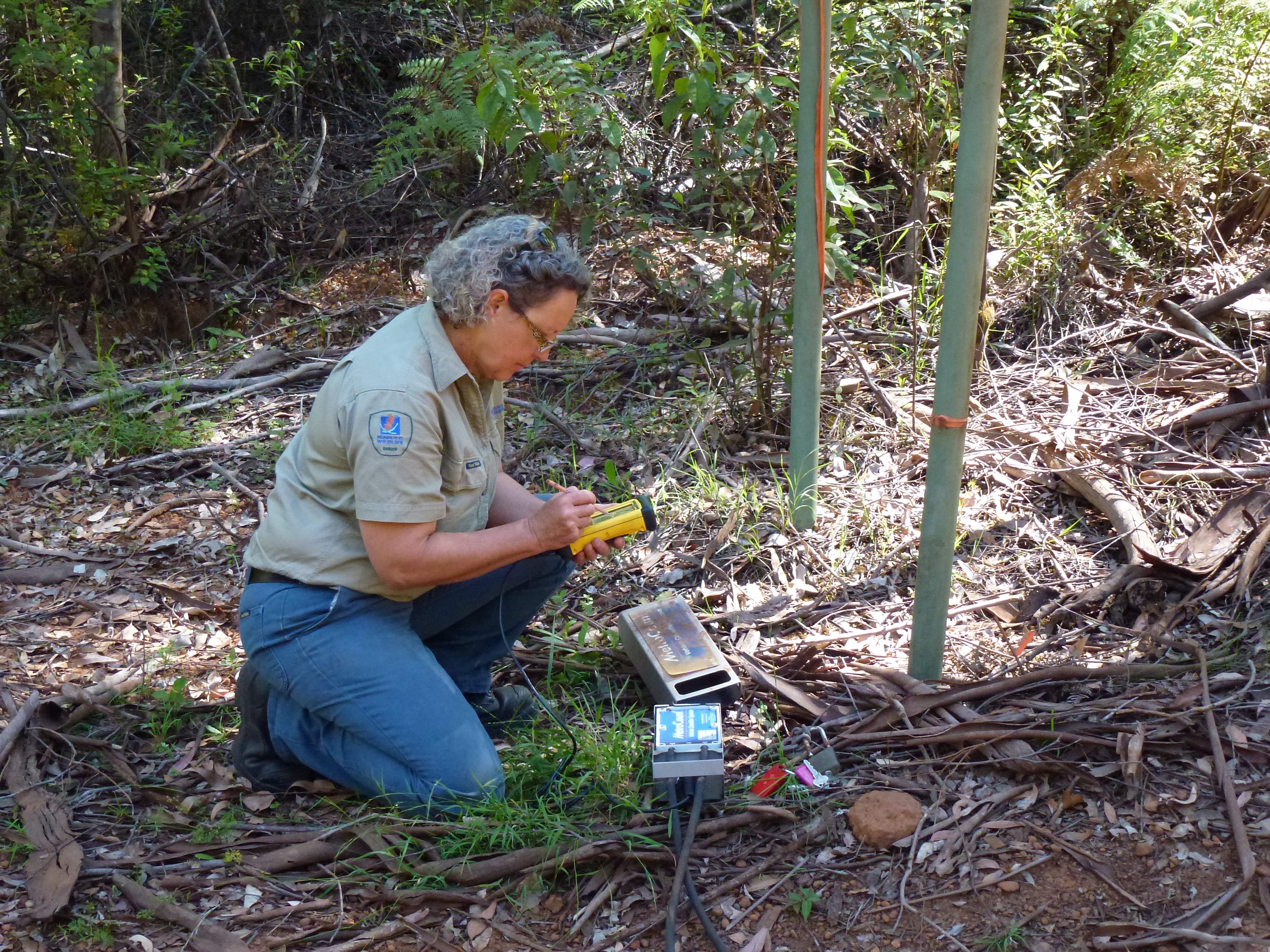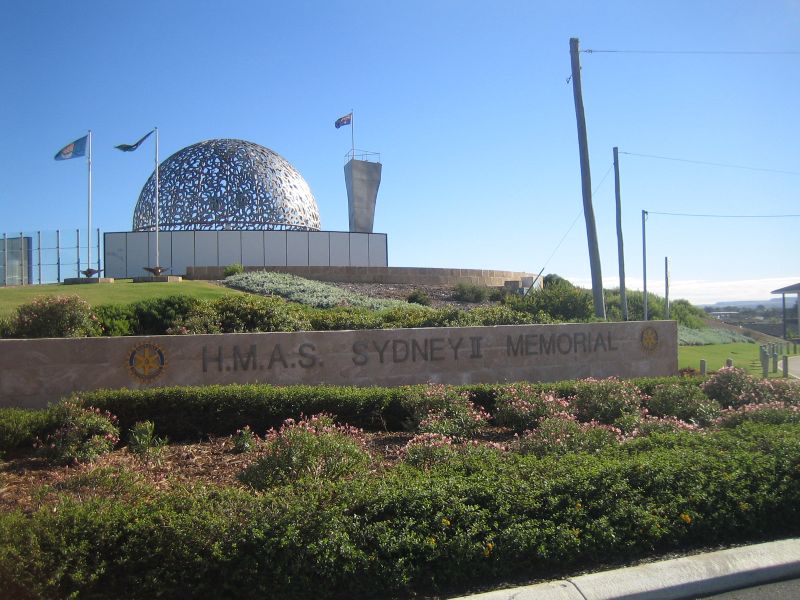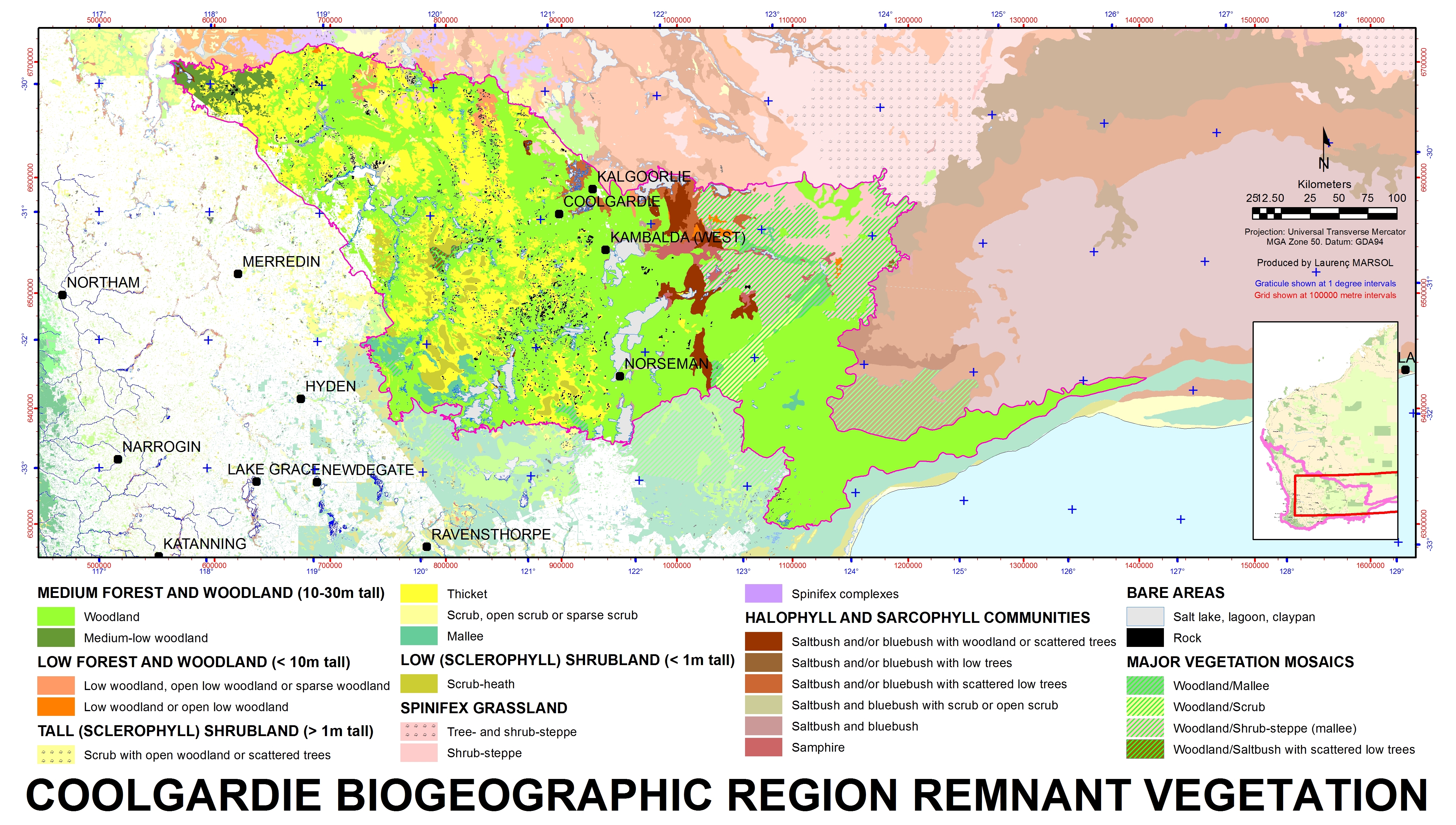|
Dasymalla Terminalis
''Dasymalla terminalis'', commonly known as native foxglove, is a flowering plant in the mint family Lamiaceae and is endemic to the south-west of Western Australia. It is a shrub with its branches, leaves and some of its flower parts densely covered with white, woolly hairs. The leaves are thick and soft and the flowers are tube-shaped, pale to deep pinkish-purple or claret red. Description ''Dasymalla terminalis'' is an erect shrub which grows to a height of with its branches and leaves densely covered with white or grey, woolly hairs. The leaves are oblong to narrowly elliptic, long, wide, thick, soft and covered with small pimples which are hidden in the thick layer of woolly hairs. The flowers are pale to deep pinkish-purple or claret red and arranged in leaf axils in groups of up to five on a densely hairy stalk, long. (A form from near Lake Grace has white flowers.) The flowers are surrounded by woolly bracts and bracteoles which are hairy on the outside but gla ... [...More Info...] [...Related Items...] OR: [Wikipedia] [Google] [Baidu] |
Mullewa, Western Australia
Mullewa is a town in the Mid West region of Western Australia, north of Perth and east-northeast of Geraldton. Mullewa is well known for an abundance of wildflowers in spring and it is one of the few places in Western Australia that the wreath flower grows. The surrounding areas produce wheat and other cereal crops. The town is a receival site for Cooperative Bulk Handling. History European settlers moved to the area in 1869 to take up pastoral leases for farming. In 1894, the government built a narrow gauge railway from Geraldton to Mullewa and the town was gazetted in the same year. The town is named for Mullewa Spring, based on an Aboriginal name recorded by surveyor John Forrest in 1873. The meaning of the name is not certain, but the most accepted meaning is "place of fog". Church of Our Lady of Mt. Carmel and the Holy Apostles St. Peter and St. Paul and Priesthouse The architect priest Mgr John Hawes built the Church mainly with his own hands and the help of paris ... [...More Info...] [...Related Items...] OR: [Wikipedia] [Google] [Baidu] |
Botanical Name
A botanical name is a formal scientific name conforming to the ''International Code of Nomenclature for algae, fungi, and plants'' (ICN) and, if it concerns a plant cultigen, the additional cultivar or Group epithets must conform to the '' International Code of Nomenclature for Cultivated Plants'' (ICNCP). The code of nomenclature covers "all organisms traditionally treated as algae, fungi, or plants, whether fossil or non-fossil, including blue-green algae ( Cyanobacteria), chytrids, oomycetes, slime moulds and photosynthetic protists with their taxonomically related non-photosynthetic groups (but excluding Microsporidia)." The purpose of a formal name is to have a single name that is accepted and used worldwide for a particular plant or plant group. For example, the botanical name '' Bellis perennis'' denotes a plant species which is native to most of the countries of Europe and the Middle East, where it has accumulated various names in many languages. Later, the plant w ... [...More Info...] [...Related Items...] OR: [Wikipedia] [Google] [Baidu] |
Dasymalla
''Dasymalla'' is a genus of five species of flowering plants in the mint family, Lamiaceae and is endemic to Western Australia. Plants in this genus are woolly shrubs with five petals joined to form a tube-shaped flower with four stamens of unequal lengths. These species are similar to those in the genus ''Pityrodia'' except that the fruit does not release its seeds when mature. Description Plants in the genus ''Dasymalla'' are evergreen shrubs densely covered with woolly hairs. The leaves are simple, egg-shaped, arranged in opposite pairs and covered with woolly hairs. The flowers are arranged singly in leaf axils and have five sepals which are joined at their base forming a short tube with five lobes. The five petals form a curved tube with five lobes on the end, the upper lobes shorter than the lower ones. There are four stamens with the lower pair shorter than the upper ones. The fruit does not release its seeds when mature and has a pronounced hump. Taxonomy and naming T ... [...More Info...] [...Related Items...] OR: [Wikipedia] [Google] [Baidu] |
Department Of Parks And Wildlife (Western Australia)
The Department of Parks and Wildlife (DPaW) was the department of the Government of Western Australia responsible for managing lands described in the ''Conservation and Land Management Act 1984'' and implementing the state's conservation and environment legislation and regulations. The minister responsible for the department was the Minister for the Environment (Western Australia), Minister for the Environment. History The Department of Environment and Conservation (Western Australia), Department of Environment and Conservation (DEC) was separated on 30 June 2013, forming the Department of Parks and Wildlife (DPaW) and the Department of Environment Regulation (DER), both of which commenced operations on 1 July 2013. DPaW focused on managing multiple use state forests, national parks, marine parks and reserves. DER focused on environmental regulation, approvals and appeals processes, and pollution prevention. It was announced on 28 April 2017 that the Department of Parks and Wi ... [...More Info...] [...Related Items...] OR: [Wikipedia] [Google] [Baidu] |
IBRA
The Interim Biogeographic Regionalisation for Australia (IBRA) is a biogeographic regionalisation of Australia developed by the Australian government's Department of Sustainability, Environment, Water, Population, and Communities. It was developed for use as a planning tool, for example for the establishment of a national reserve system. The first version of IBRA was developed in 1993–94 and published in 1995. Within the broadest scale, Australia is a major part of the Australasia biogeographic realm, as developed by the World Wide Fund for Nature The World Wide Fund for Nature Inc. (WWF) is an international non-governmental organization founded in 1961 that works in the field of wilderness preservation and the reduction of human impact on the environment. It was formerly named the Wor .... Based on this system, the world is also split into 14 terrestrial habitats, of which eight are shared by Australia. The Australian land mass is divided into 89 bioregions and 4 ... [...More Info...] [...Related Items...] OR: [Wikipedia] [Google] [Baidu] |
Yalgoo (biogeographic Region)
Yalgoo is an interim Australian bioregion located in Western Australia. It has an area of . The bioregion, together with the Avon Wheatbelt and Geraldton Sandplains bioregions, is part of the larger Southwest Australia savanna ecoregion as classified by the World Wildlife Fund. Geography The Yalgoo bioregion extends southeastwards from the southern end of Shark Bay on Australia's west coast nearly to Lake Barlee in the interior of Western Australia. The western portion, known as the Edel subregion, includes the Edel Land peninsula and Dirk Hartog, Bernier, and Dorre islands, which enclose Shark Bay on the west. It also includes the coastal plain south of Shark Bay nearly to Kalbarri, where it transitions to the Geraldton Sandplains bioregion. The Edel subregion rests on the Carnarvon and Perth sedimentary basins. The Zuytdorp Cliffs line the coast from the northern end of Edel Land to the mouth of the Murchison River. Soils are generally white sands along the coast, and p ... [...More Info...] [...Related Items...] OR: [Wikipedia] [Google] [Baidu] |
Murchison (biogeographic Region)
The Murchison is an interim Australian bioregion located within the Mid West of Western Australia. The bioregion is loosely related to the catchment area of the Murchison River and has an area of . Traditionally the region is known as ''The Murchison''. Geography The landscape is characterised by low hills and mesas, separated by colluvium flats and alluvial plains. The western portion of the bioregion is drained by the upper Murchison and Wooramel rivers, which drain westwards towards the coast.Anthony Desmond, Mark Cowan and Alanna Chant (2001). "Murchison 2 (MUR2 – Western Murchison subregion)", in ''A Biodiversity Audit of Western Australia’s 53 Biogeographical Subregions in 2002''. The Department of Conservation and Land Management, Government of Western Australia, November 2001/ref> Together with Gascoyne bioregion, it constitutes the Western Australian mulga shrublands ecoregion. Population is scattered; the largest population centres are Meekatharra, Mou ... [...More Info...] [...Related Items...] OR: [Wikipedia] [Google] [Baidu] |
Mallee (biogeographic Region)
Mallee, also known as Roe Botanical District, is a biogeographic region in southern Western Australia. Located between the Esperance Plains, Avon Wheatbelt and Coolgardie bioregions, it has a low, gently undulating topography, a semi-arid mediterranean climate, and extensive ''Eucalyptus'' mallee vegetation. It has an area of . About half of the region has been cleared for intensive agriculture. Recognised as a region under the Interim Biogeographic Regionalisation for Australia (IBRA), it was first defined by John Stanley Beard in 1980. Geography and geology The Mallee region has a complex shape with tortuous boundaries, but may be roughly approximated as the triangular area south of a line from Bruce Rock to Eyre, but not within 40 kilometres (25 mi) of the south coast, except at its eastern limits. It has an area of about 79000 square kilometres (31000 mi²), making it about a quarter of the South West Botanic Province, 3% of the state, and 1% of Australia. I ... [...More Info...] [...Related Items...] OR: [Wikipedia] [Google] [Baidu] |
Geraldton Sandplains
Geraldton ( Wajarri: ''Jambinu'', Wilunyu: ''Jambinbirri'') is a coastal city in the Mid West region of the Australian state of Western Australia, north of the state capital, Perth. At June 2018, Geraldton had an urban population of 37,648. Estimated resident population, 30 June 2018. Geraldton is the seat of government for the City of Greater Geraldton, which also incorporates the town of Mullewa, Walkaway and large rural areas previously forming the shires of Greenough and Mullewa. The Port of Geraldton is a major west coast seaport. Geraldton is an important service and logistics centre for regional mining, fishing, wheat, sheep and tourism industries. History Aboriginal Clear evidence has established Aboriginal people living on the west coast of Australia for at least 40,000 years, though at present it is unclear when the first Aboriginal people reached the area around Geraldton. The original local Aboriginal people of Geraldton are the Amangu people, with the N ... [...More Info...] [...Related Items...] OR: [Wikipedia] [Google] [Baidu] |
Esperance Plains
Esperance Plains, also known as Eyre Botanical District, is a biogeographic region in southern Western Australia on the south coast between the Avon Wheatbelt and Hampton bioregions, and bordered to the north by the Mallee region. It is a plain punctuated by granite and quartz outcrops and ranges, with a semi-arid Mediterranean climate and vegetation consisting mostly of mallee-heath and proteaceous scrub. About half of the region has been cleared for intensive agriculture. Recognised as a bioregion under the Interim Biogeographic Regionalisation for Australia (IBRA), it was first defined by John Stanley Beard in 1980. Geography and geology The Esperance Plains may be roughly approximated as the land within of the coast between Albany and Point Culver on the south coast of Western Australia. It has an area of about , making it about 9% of the South West Province, 1% of the state, and 0.3% of Australia. It is bounded to the north by the Mallee region, and to the wes ... [...More Info...] [...Related Items...] OR: [Wikipedia] [Google] [Baidu] |
Coolgardie (biogeographic Region)
Coolgardie is an Australian bioregion consisting of an area of low hills and plains of infertile sandy soil in Western Australia. It has an area of . It includes much of the Great Western Woodlands. Location and description This is a transition zone between the Mediterranean climate of Australia's south-west coast and the country's dry interior. The poor soil makes it unsuitable for agriculture but Coolgardie has been a gold and nickel mining area. It is bounded on the north by the arid Murchison bioregion, characterised by open Mulga woodlands and steppe. The low shrublands of the arid Nullarbor Plain lie to the east. The Mallee bioregion adjoins Coolgardie on the south. The Avon Wheatbelt bioregion is to the west. The Coolgardie bioregion, together with the coastal Hampton bioregion to the southeast, constitute the Coolgardie woodlands ecoregion defined by the World Wildlife Fund. Flora and fauna The low hills are home to woodland of endemic species of eucalyptus whil ... [...More Info...] [...Related Items...] OR: [Wikipedia] [Google] [Baidu] |
Avon Wheatbelt
The Avon Wheatbelt is a bioregion in Western Australia. It has an area of . It is considered part of the larger Southwest Australia savanna ecoregion. Geography The Avon Wheatbelt bioregion is mostly a gently undulating landscape with low relief. It lies on the Yilgarn Craton, an ancient block of crystalline rock, which was uplifted in the Tertiary and dissected by rivers. The craton is overlain by laterite deposits, which in places have decomposed into yellow sandplains, particularly on low hills. Steep-sided erosional gullies, known as breakaways, are common. Beecham, Brett (2001). "Avon Wheatbelt 2 (AW2 - Re-juvenated Drainage subregion)" in ''A Biodiversity Audit of Western Australia’s 53 Biogeographical Subregions in 2002''. Department of Conservation and Land Management, Government of Western Australia, November 2001. Accessed 15 May 2022/ref> In the south and west (the Katanning subregion), streams are mostly perennial, and feed rivers which drain westwards to empty i ... [...More Info...] [...Related Items...] OR: [Wikipedia] [Google] [Baidu] |
.jpg)






